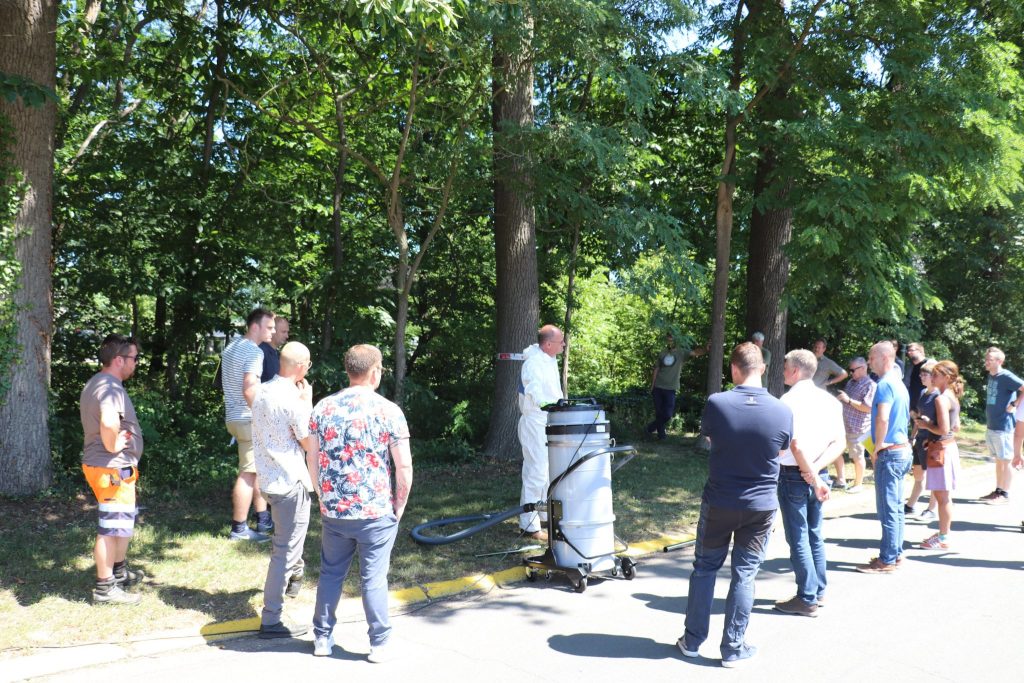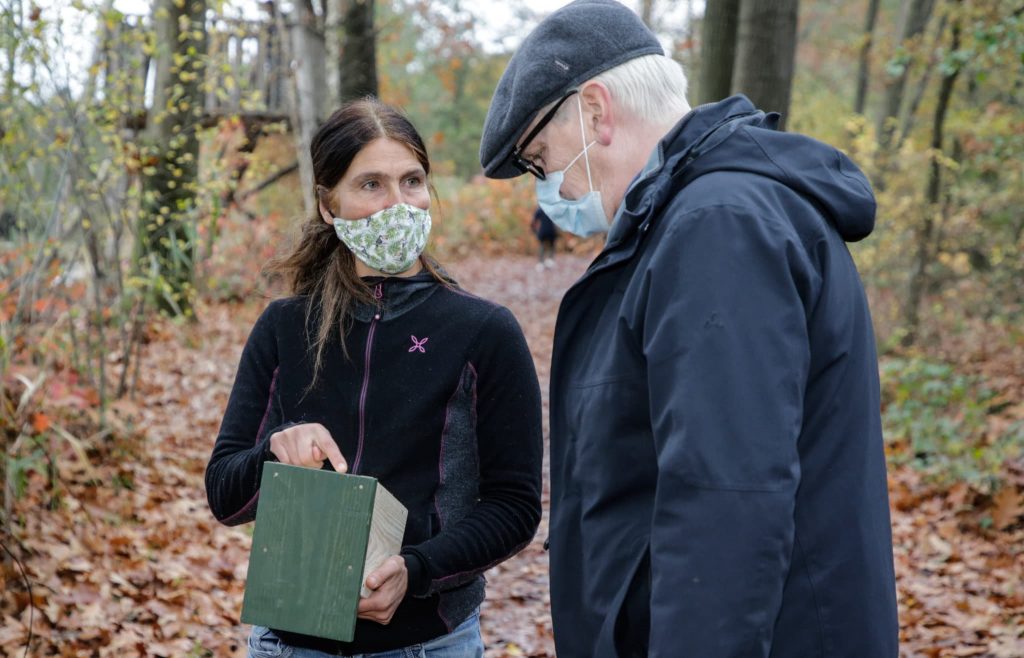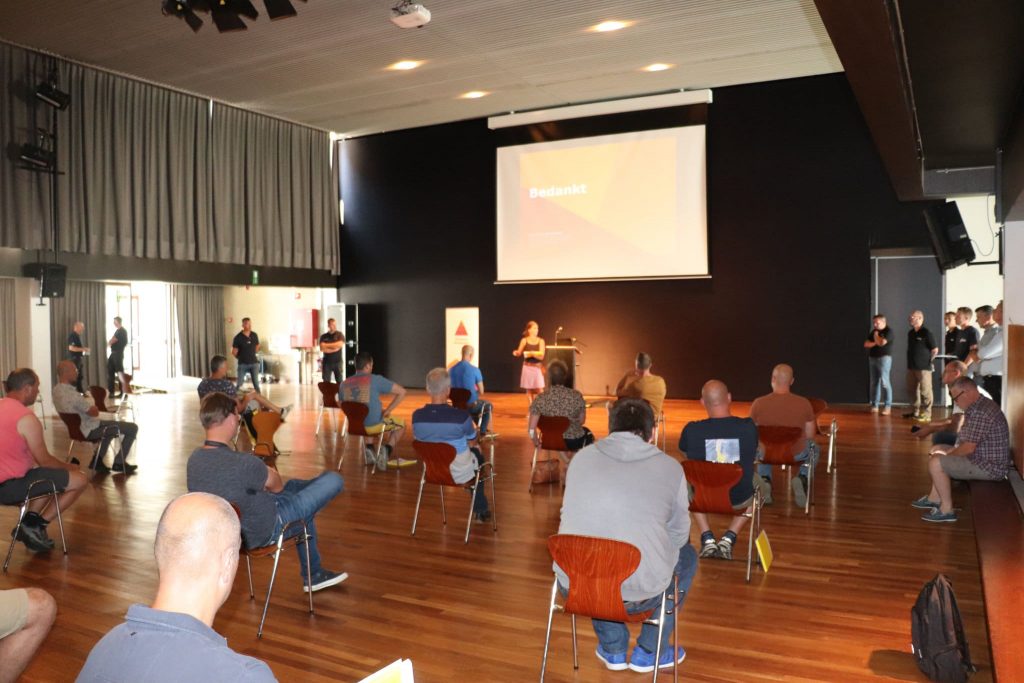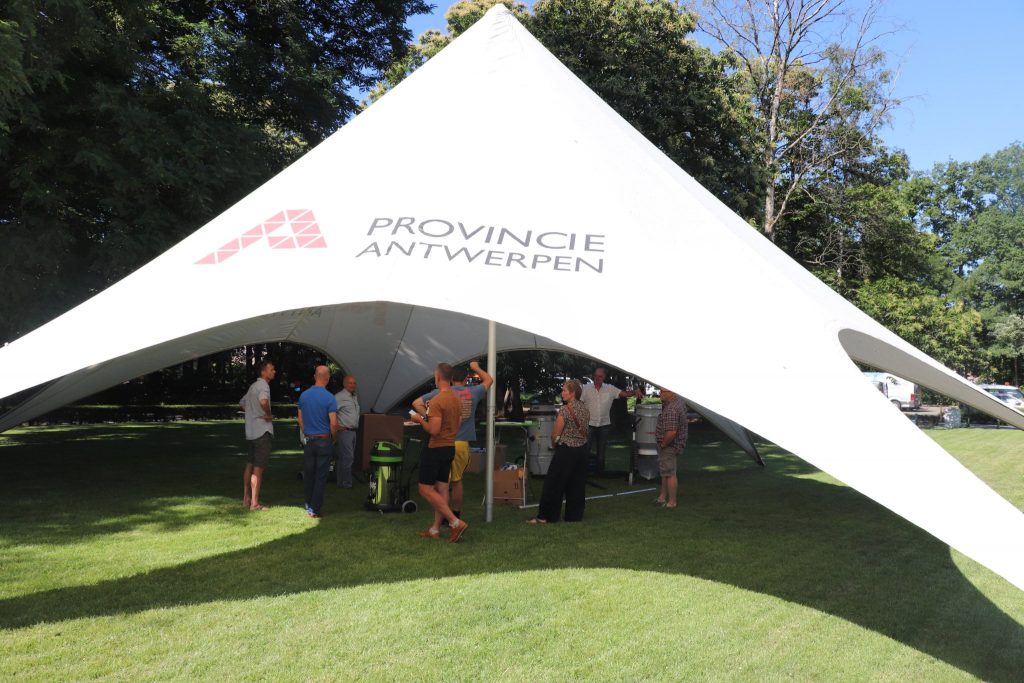Good communication and effective interaction with all potential stakeholders are vital if this project is to succeed. We aim to not only demonstrate the effectiveness of the various ecological control methods but also persuade the various stakeholders to apply them to their own areas and halt the use of chemical pest-control. Ultimately, we would like to eliminate the use of biocides (insecticides) in relation to the control of the oak processionary entirely. In order to realise this aim, the project results will be disseminated as widely as possible, using various, effective communication methods for all our target groups.
Our most important target groups within the project are:
Communication and sharing expertise
Throughout the duration of the project, we will disseminate our results as far as possible. This will take place by means of newsletters, social media, press releases, project website, conferences and diverse reports. There will also be a whole series of in situ demonstrations, training courses and workshops. We will also involve the stakeholders in the development of our tools for supporting decision-making.
Among others, we will work alongside the VVSG (Association of cities and municipalities; VL) and VNG (Association of Dutch municipalities) for the purposes of disseminating results via their various communication channels. Results and instructions will also be made available on ECOPEDIA, a knowledge-sharing website that provides information on the management of nature, green spaces and woodland.

Our first action is the development of a project logo and house-style to ensure the project is showcased in a clear and recognisable manner; this will be followed by the creation of a website and social media accounts.
We will then provide instruction films and folders, information sources on our trial locations, news updates on the progress of trials and more results as the trials continue. These results will be published in popular and scientific publications and will also be shared in the form of reports. Of course, this information will also find its way to the project website, along with blogs, photographic material, and so on. We will also try to attract media coverage for our significant findings. We will also do our best to draw stakeholders to the sites themselves, in order to see the various methods and their effectiveness ‘in the field’.
As well as the further development and refinement of guidelines and the organisation of training, we will also work on a decision-making tool that will help to set out where and under which conditions the various methods can be used. This decision-tree should then be included in any subsequent legislation.
Over the course of the project, there will also be various conferences and networking events planned in, including a start-up event (9 December 2020, online), a mid-term conference (2023, Sittard-Geleen) and an international closing event (2025, Antwerp) at the end of the project.
Training and policy support
In situ demonstrations and training in Flanders and the Netherlands
Each year, we will invite as many stakeholders as possible to view the results of our trials for themselves in the various provinces that take part in the project. We would particularly like to demonstrate the effects of ecological techniques to local authorities and policy-makers and convince them of the methods’ effectiveness. We will provide instructions on the methods’ technical implementation to contractors, green-services, the fire service and so on. To this end, we will organise workshops and training in Belgium and the Netherlands for three years after the project. In order to realise this, within the project team, we have good partnerships with training centres (e.g. INVERDE, Dutch butterfly association) and expertise in organising training courses and study days.
Visits to the demonstration sites will be organised annually. We will also provide four training courses (2 in Belgium and 2 in the Netherlands) over the course of the project.

Expansion of Flemish and Dutch knowledge platform on oak processionary
In order to centralise all the relevant expertise relating to the oak processionary, work will also focus on a Flemish and Dutch knowledge platform. This should ensure that expertise is shared, any gaps in knowledge are identified, that there is effective, cross-border collaboration, and that further expertise is accumulated.
The Dutch centre for expertise will be created by the RIVM (National Institute for Public Health and the Environment). The Flemish centre for expertise will be coordinated by the IPKC (Inter-provincial Centre of Expertise) on the initiative of the provinces.
Decision support tools
The most important publication at the end of the project is a new ‘How to control the oak processionary?’ guideline, which will encompass a clear and unambiguous decision-tree. This tool should be used by decision-makers to establish which method to use to control the oak processionary, taking any environmental factors and bottlenecks into account.
This decision-tree will be created in close consultation with policy-makers and other government bodies that regulate biocide usage in Flanders and the Netherlands (VMM, RIVM, ANB, Dutch expertise centre for oak processionary).



